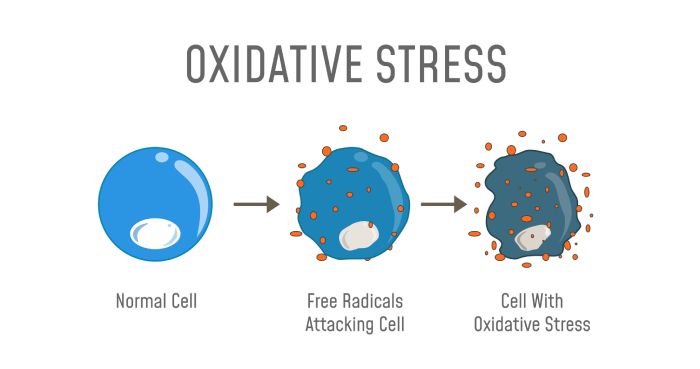Integrating Dietary Factors into 10-Year CVD Risk Assessment
Predictive models for cardiovascular disease (CVD) often overlook dietary macronutrients, leaving a gap in comprehensive risk assessment. This study sought to bridge that gap by developing a non-invasive model incorporating dietary data to predict cardiovascular disease risk in adults. Drawing from the China Health and Nutrition Survey (CHNS) between 2004 and 2015, researchers analyzed data from 5,186 individuals, with males comprising 48.1% (mean age 46.39 ± 13.74 years) and females 51.9% (mean age 47.36 ± 13.29 years). The incidence density stood at 10.84 cases per 1,000 person-years.
Data were divided into training (70%) and validation (30%) sets. Variables were selected using the Least Absolute Shrinkage and Selection Operator (LASSO), and a Cox proportional hazards regression model was employed to construct a 10-year cardiovascular disease risk prediction tool. Model performance was evaluated with several metrics: the concordance index (C-index), receiver operating characteristic (ROC) curve, calibration plots, and decision curve analysis (DCA), assessing discrimination, calibration, and clinical utility.
The final model included 11 non-invasive predictive factors covering dietary patterns, demographic characteristics, lifestyle behaviors, and medical history. It demonstrated robust performance, with an area under the curve (AUC) of 0.808 (95% CI: 0.778–0.837) and a C-index of 0.797 (95% CI: 0.765–0.829). Validation results echoed these findings, with an AUC of 0.799 (95% CI: 0.749–0.838) and a C-index of 0.788 (95% CI: 0.737–0.838). Calibration plots and DCA further confirmed the model’s stability and clinical relevance.
This research provides a straightforward, rapid, non-invasive model to predict 10-year cardiovascular disease risk among Chinese adults, emphasizing dietary information as a pivotal component.
Commentary by YourDailyFit Columnist Alice Winters

This study represents a notable stride in integrating dietary factors into cardiovascular risk prediction, a domain historically dominated by clinical biomarkers and traditional risk factors. By leveraging data from the CHNS, a comprehensive and longitudinal dataset, the researchers have ensured that the model reflects real-world conditions. However, several aspects merit closer scrutiny and discussion.
Strengths of the Model
- Incorporation of Diet: Including dietary macronutrients addresses a significant gap in conventional cardiovascular disease prediction models. Diet is a modifiable risk factor, and its inclusion could empower individuals and public health initiatives to target dietary adjustments proactively.
- Non-Invasive Approach: The reliance on non-invasive data broadens the model’s accessibility and applicability, especially in resource-limited settings where advanced diagnostic tools may be unavailable.
- Robust Validation: The model’s internal validation metrics (AUC and C-index) underscore its reliability and stability, crucial for clinical and public health implementation.
Areas for Improvement
- Variable Transparency: While 11 predictive factors were identified, the study does not elaborate on the specific dietary indicators used. This lack of detail hampers external validation and replication efforts.
- Population-Specific Design: Although the model is tailored to Chinese adults, its generalizability to other populations with different dietary patterns and risk factors is unclear. Expanding the dataset to include diverse demographics could enhance its utility globally.
- Long-Term Utility: While a 10-year risk horizon is valuable, it would be beneficial to compare this model’s performance against established long-term prediction tools such as the Framingham Risk Score or QRISK.
Implications and Future Directions
This model’s emphasis on diet could inspire a paradigm shift in cardiovascular disease risk assessment, encouraging the integration of dietary data in other health prediction frameworks. To maximize its impact, future research should aim to:
- Specify dietary variables and their respective weights in the model.
- Conduct external validations across diverse populations to confirm its broader applicability.
- Explore the integration of digital health tools for data collection, such as smartphone-based dietary tracking, which could enhance scalability.
Conclusion
This study provides a commendable foundation for integrating dietary factors into cardiovascular risk prediction. While promising, its potential will only be fully realized through transparency, cross-population validation, and technological adaptation. Consumers and healthcare providers alike should watch this space as dietary data becomes an increasingly integral part of health risk modeling.



